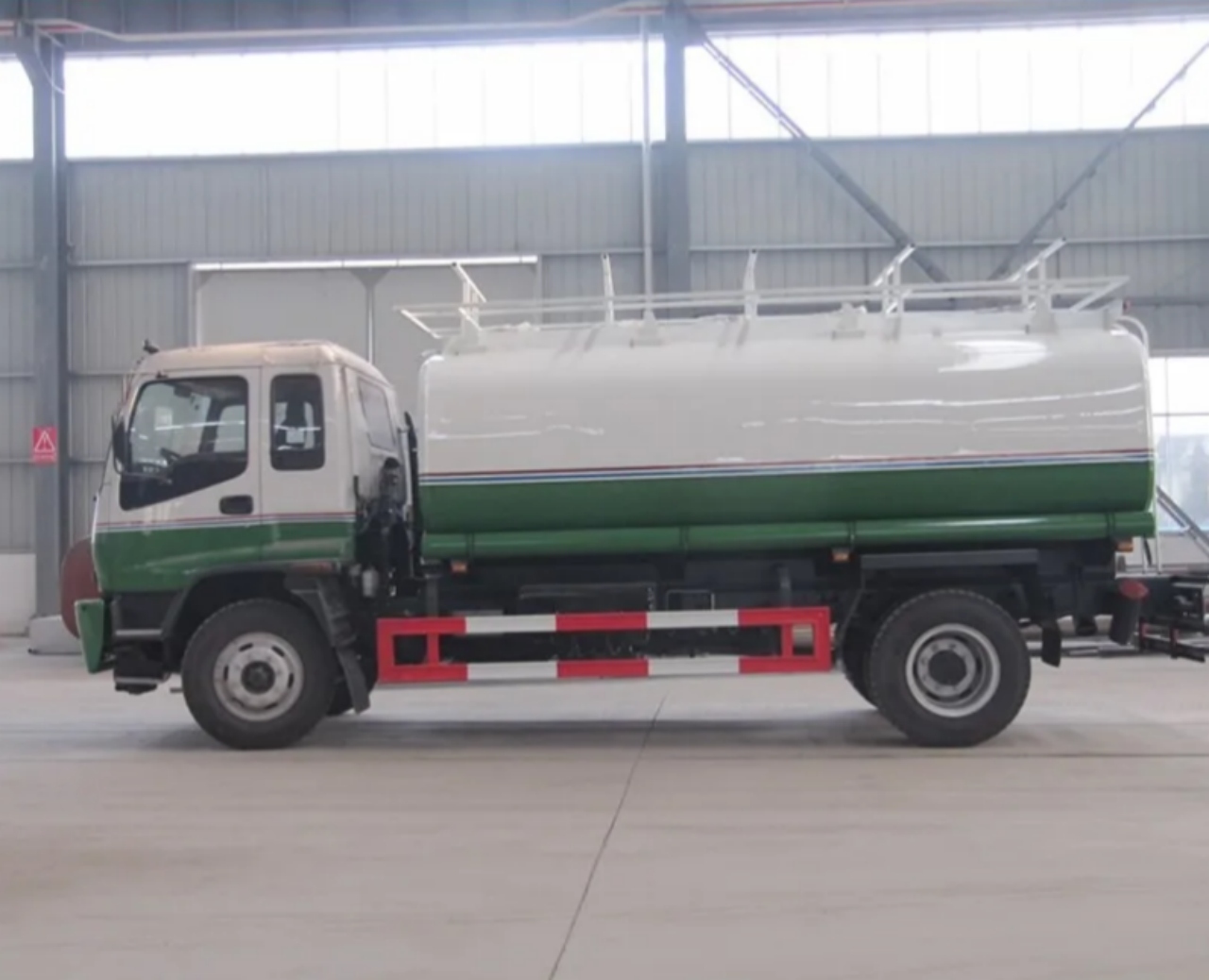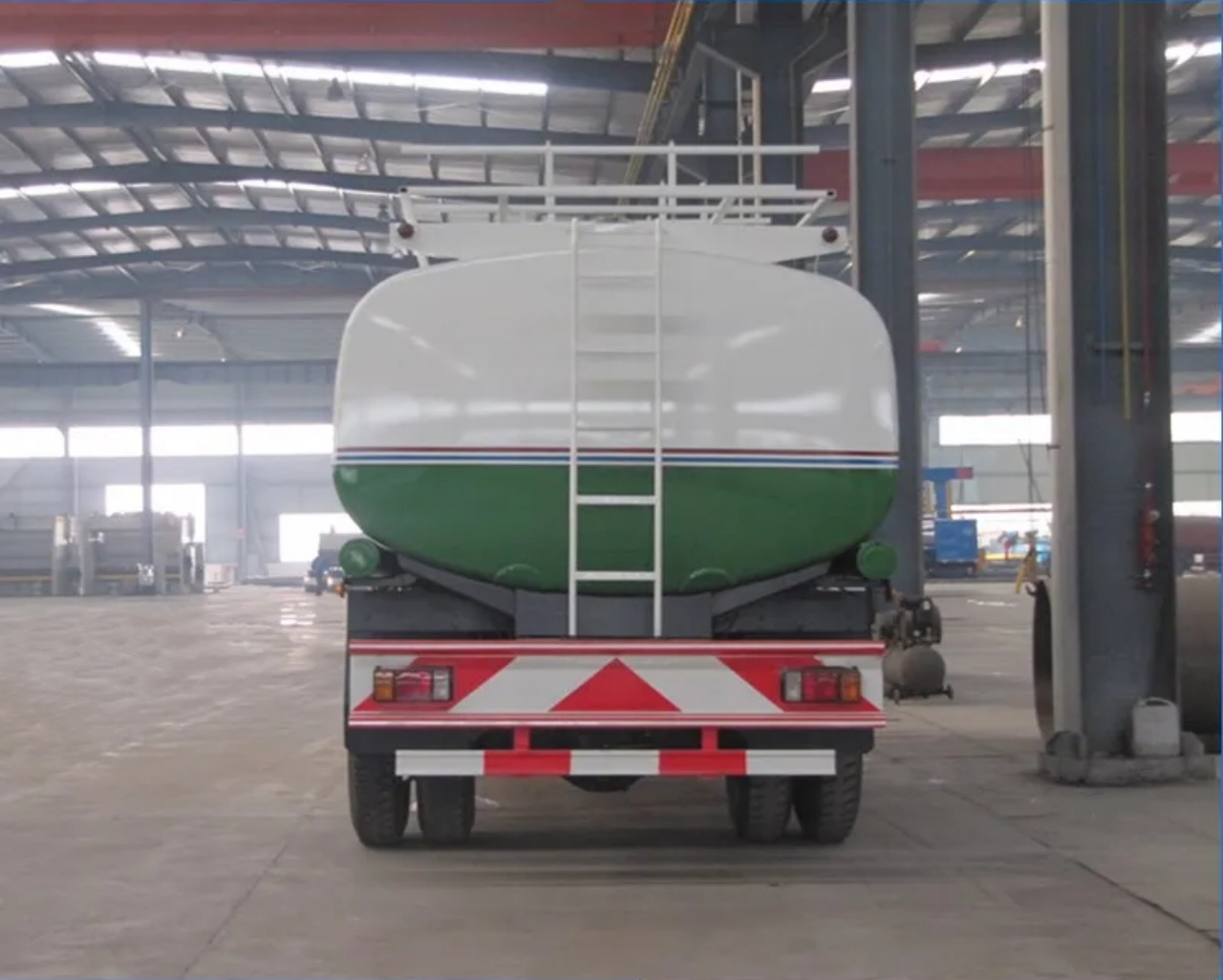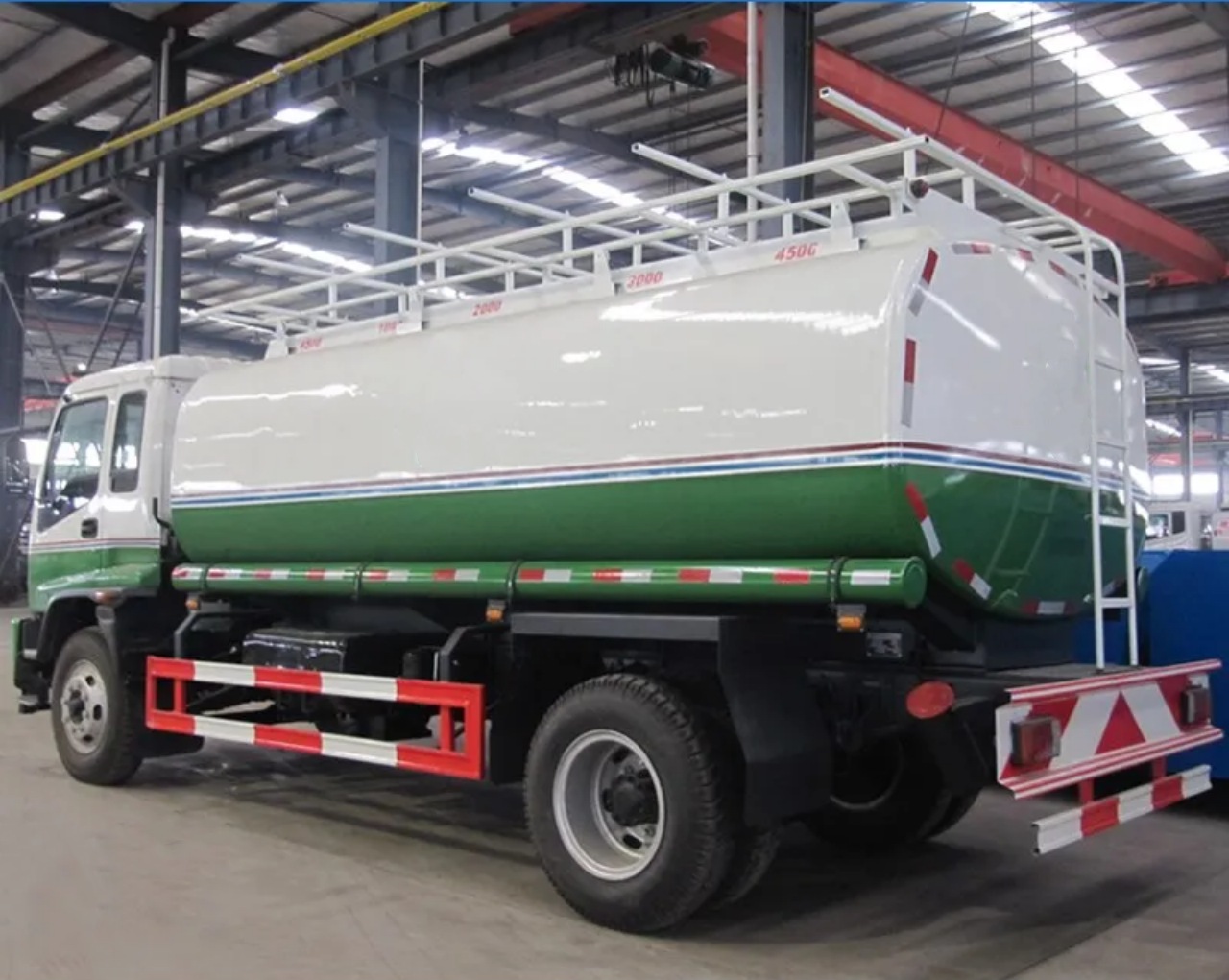Diesel bowsers are essential in a wide variety of industries where mobile fuel distribution is necessary. Whether on construction sites, farms, or remote mining locations, a diesel bowser ensures that heavy machinery, generators, and vehicles can remain fueled without having to return to a centralized fueling station. But how exactly do you use a diesel bowser efficiently and safely? This article will provide a detailed overview of diesel bowser operation, safety protocols, and maintenance practices to help ensure you get the most out of your fuel delivery system.
What Is a Diesel Bowser?
A diesel bowser is essentially a mobile fuel storage and dispensing unit designed to carry and distribute diesel fuel. These units can range from small towable trailers to large truck-mounted tanks and are often equipped with fuel pumps, hoses, nozzles, meters, and filtration systems.
Bowlers are used in many settings:
- Construction sites to refueling of excavators, bulldozers, and other machinery.
- Farms for fueling tractors and irrigation pumps.
- Mine for constant fueling of equipment in remote areas.
- Logistics and transport operations for on-the-go refueling of fleets.

Basic Components of a Diesel Bowser
To understand how to use one, it helps to know the key parts of a diesel bowser:
- Fuel Tank – The main container that stores diesel fuel.
- Pump – Either manual or electric, used to extract diesel from the tank.
- Fuel Hose – The hose through which diesel flows to the dispensing nozzle.
- Nozzle – A control valve used to direct and control the flow of diesel during dispensing.
- Flow Meter – Displays the quantity of fuel dispensed (optional but useful).
- Filters – Prevents impurities from contaminating the diesel.
- Vents and Safety Valves – For pressure relief and safe venting.
Preparing to Use a Diesel Bowser
Before operating a diesel bowser, follow these steps to ensure safety and compliance:
- Inspection – Check the bowser for any signs of damage, leaks, or wear. Look over hoses, seals, and valves.
- Regulatory Compliance – Ensure the bowser meets local environmental and safety regulations, including ADR (European Agreement concerning the International Carriage of Dangerous Goods by Road) compliance if applicable.
- PPE – Wear appropriate personal protective equipment such as gloves, safety glasses, and in some cases, flame-resistant clothing.
- Fire Safety – Always have a fire extinguisher nearby and keep the fueling area free of ignition sources.

Step-by-Step Guide to Using a Diesel Bowser
Step 1: Positioning the Bowser
- Park the diesel bowser on stable, level ground.
- If it’s a trailer-mounted bowser, secure it with wheel chocks.
- Ensure that there is sufficient clearance around the bowser for hose operation.
Step 2: Grounding the Bowser
- Before dispensing fuel, ground the bowser to prevent static electricity build-up. This is especially important in dry conditions or when transferring large volumes of diesel.
Step 3: Preparing the Equipment
- Check fuel levels in the tank.
- Inspect the nozzle and hose for blockages or damage.
- Make sure the fuel pump is working properly—if it’s electric, check the power source or battery status.
Step 4: Connecting to the Receiving Equipment
- Insert the nozzle into the fuel tank of the machinery or vehicle.
- Make sure the nozzle is securely in place to prevent spills.
- Some nozzles come with auto shut-off mechanisms to prevent overfilling.
Step 5: Dispensing Fuel
- Turn on the pump (manual or electric).
- Squeeze the nozzle trigger to start dispensing.
- Monitor the fuel flow using the flow meter if equipped.
- Avoid overfilling the tank. Most diesel equipment will have a maximum fill line.
Step 6: Finishing Up
- Once fueling is complete, release the nozzle trigger and remove the nozzle.
- Allow any residual diesel to drain back into the hose before storing it.
- Shut off the pump.
- Secure the hose and nozzle back into their storage brackets.
- Log the amount of fuel dispensed for inventory tracking.

Safety Tips While Using a Diesel Bowser
- Never smoke or use open flames near a diesel bowser.
- Avoid spillage – If any diesel is spilled, clean it up immediately using approved absorbent materials.
- Keep children and unauthorized personnel away from the fueling area.
- Label the tank clearly with “Diesel – Flammable Liquid” and include hazard symbols.
- Do not use mobile phones while operating the diesel bowser.
- Check for leaks regularly and ensure fittings are tight.
Maintenance of a Diesel Bowser
To ensure long-term use and efficiency, routine maintenance is key:
- Weekly Inspections: Check for corrosion, leaks, and hose wear.
- Filter Replacement: Replace fuel filters as recommended by the manufacturer.
- Pump Servicing: Lubricate and test pump mechanisms routinely.
- Tank Cleaning: Periodically clean the interior of the tank to prevent sludge build-up.
- Battery Check (if electric): Ensure the battery is charged and connections are corrosion-free.

Legal and Environmental Considerations
Fuel storage and transport a regulated activities in many countries. Operators must:
- Obtain proper licensing.
- Comply with spill containment and pollution control requirements.
- Store bowsers in secure, bunded areas when not in use.
- Maintain records of fuel usage, delivery, and maintenance.
Conclusion
Using a diesel bowser may seem straightforward, but attention to detail is crucial for safety, efficiency, and compliance. Whether you’re fueling a single tractor on a farm or running a large construction fleet, knowing how to properly operate and maintain your diesel bowser will ensure smooth operations and reduce downtime. Always follow manufacturer guidelines, observe safety protocols, and conduct regular maintenance to keep your diesel delivery system in top condition.
By following the steps and practices outlined in this article, you can confidently use a diesel bowser and keep your operations moving, fueling productivity one tank at a time.


